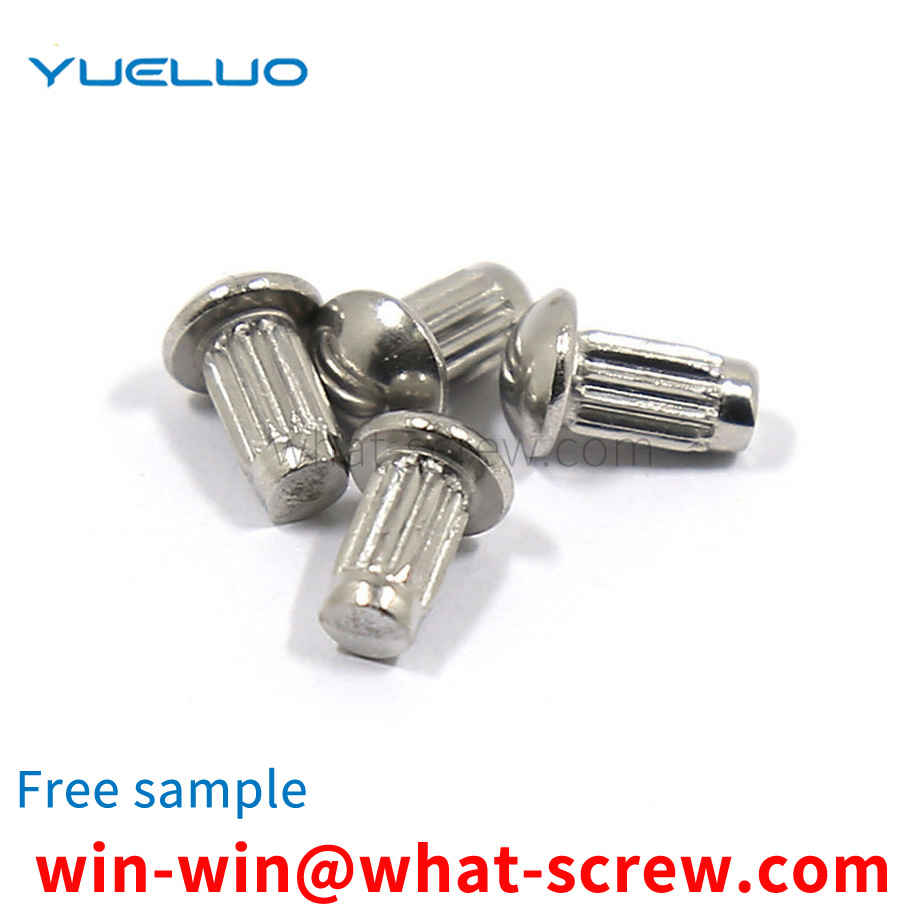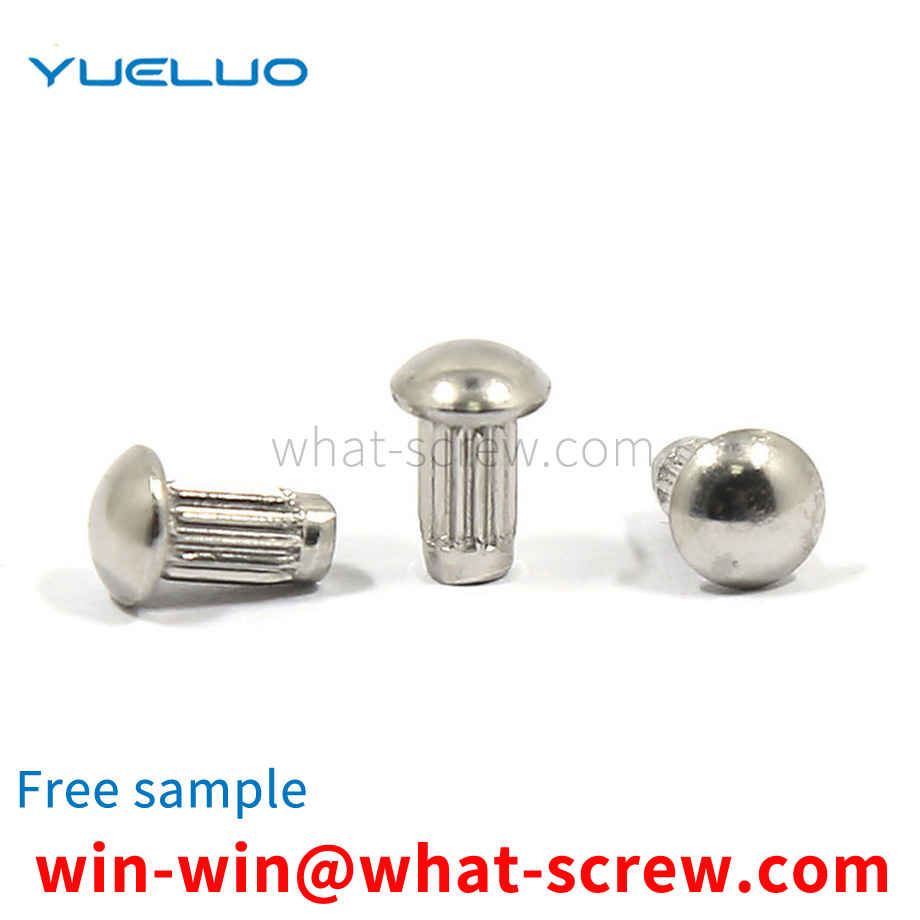When the mold is manufactured, many positioning pins need to be installed to fix the relative position between the two parts. The positioning pins are usually sunk into the positioning pin holes on the mold. Since the mold needs to be pulled out frequently during assembly, in order to Remove the parts and make corrections. At the same time, the mold also needs to pull out the positioning pins during maintenance to remove the damaged parts for maintenance. Therefore, the workload of pulling the pins is large. The existing methods are: 1) When installing the pins, The operator uses a self-made long screw that matches the threaded hole of the pin to screw it into the pin, and then aligns the pin hole with a hammer to hit the screw to make the pin snap in, and then screw the screw out by hand. The disadvantage is: on the one hand, the hammer hits the screw It is easy to cause the screw to be damaged or deformed, and it cannot be used normally. On the other hand, it is labor-intensive to remove the screw by hand and may not be able to be removed; 2) When pulling out the pin, the operator will screw the screw into the pin and use force directly or with pliers To pull out a screw, a few companies use a large pin puller to pull it out. The disadvantage is that it is too laborious and time-consuming to pull out by hand or with pliers. Even if a large pin puller is used, the weight of the pin puller itself is large. , it is inconvenient to use.
Blind rivets are a type of rivets for single-sided riveting, but they must be riveted with a special tool - a rivet gun (manual, electric, pneumatic). This type of rivet is especially suitable for riveting occasions where it is inconvenient to use ordinary rivets (which must be riveted from both sides), so it is widely used in construction, automobiles, ships, aircraft, machinery, electrical appliances, furniture and other products. Among them, the open type oblate head blind rivets are the most widely used, the countersunk head blind rivets are suitable for riveting occasions that require smooth performance, and the closed blind rivets are suitable for riveting occasions that require higher load and certain sealing performance.
The quick-install and quick-release nut uses the threaded block to move radially and axially along the inclined surface at the same time to achieve the cohesion and separation of the threaded block. However, the nut has a complex structure and is difficult to manufacture, and the internal and external threads may not be properly locked during use. Occurs, bearing capacity and reliability are poor.
nut is a connecting nut, a part that is screwed together with a bolt or connecting screw for fastening, and a component that must be used in all production and manufacturing machinery. There are many kinds of nuts, we commonly have standard, German standard, British standard, American standard, Japanese standard nuts. According to different materials, nuts are divided into carbon steel, high strength, stainless steel, plastic steel and other types. According to the product attributes, the corresponding standard numbers are divided into ordinary, non-standard, standard, new standard, American system, British system, and German standard. Different sizes, unequal threads are divided into different specifications. The general standard and German standard are represented by M, and the American system and the British system are represented by fractions or #. The specification nut is a part that tightly connects the mechanical equipment. Only through the inner thread, the same specification nut and screw can be connected together. The anti-loosening of the screw has always been the intersection of people's attention. The anti-loosening of the nut is of great significance to the current life, because it directly affects the service life of the machine. Therefore, it is also very important for people's life safety. Technicians can achieve the anti-feeding of the nut by changing the material of the nut and increasing the method of tightening the nut, but these methods cannot fundamentally solve the problem, and increase the tightening nut while taking up more space.
The defect of the existing press-fit solution is: when the retaining ring is placed in the chamfering section or the guide section of the shaft head, the retaining ring cannot be accurately fixed, and the retaining ring is easy to tilt or fall, especially when the shaft head is located inside the bearing chamber depression, The inclination of the retaining ring will make it difficult to press the retaining ring, affect the production efficiency, and even cause the product to be scrapped.
We have many years of experience in the production and sales of screws, nuts, flat washers, etc. The main products are: copper eyelet rivets, insulating copper posts, flat-end set screws, natural color welding screws and other products, we can provide you with suitable products for you fastener solutions.



















 Service Hotline
Service Hotline




